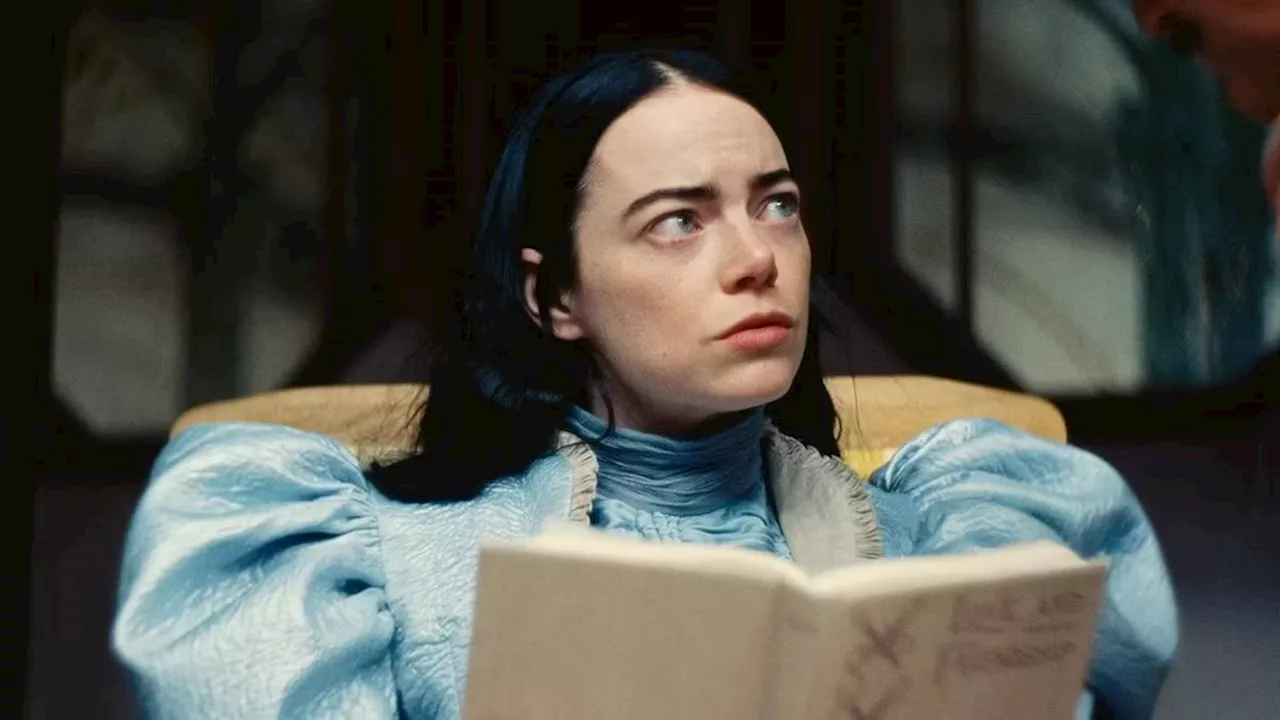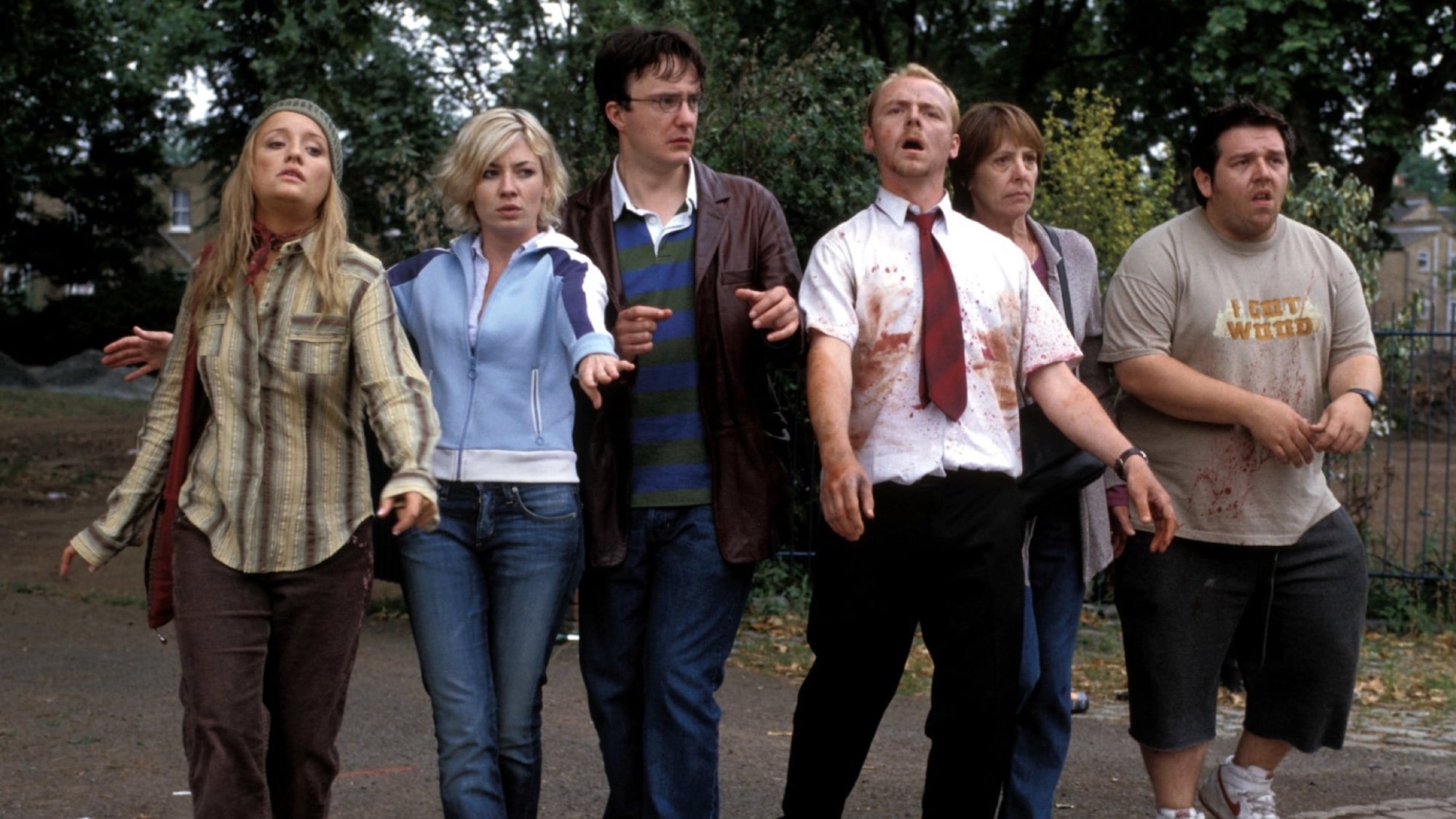Fans of the iconic series *Star Trek: The Original Series* often have a favorite episode that resonates with them. For many, the imaginative storytelling of the 1966 episode “Shore Leave” holds a special place in their hearts. However, as the years have passed, some viewers find that the episode has not aged well, revealing underlying issues that are difficult to overlook.
“Shore Leave” begins with the crew of the USS Enterprise arriving at a seemingly deserted planet in the Omicron Delta system. After months of service without reprieve, Captain James T. Kirk offers his crew an opportunity for shore leave, pending safety confirmations from survey teams. Dr. Leonard McCoy and Lt. Hikaru Sulu embark on one such survey, only to encounter whimsical and surreal elements, including a white rabbit reminiscent of Alice in Wonderland.
The episode is packed with diverse scenes that cater to a child’s imagination. Sulu finds a revolver, encounters a samurai, and Yeoman Barrows has her own run-in with a figure from history. The plot seems to jump from one fantastical situation to another, creating a kaleidoscope of action and whimsy. This rapid-fire storytelling may have captivated younger audiences, but for many adult viewers today, the lack of cohesion in the narrative raises concerns.
Reassessment of Themes and Content
Upon reflection, “Shore Leave” reveals itself as a disjointed collection of ideas rather than a unified story. The original script, penned by science fiction writer Theodore Sturgeon, was intended to explore the significance of fantasy for relaxation. However, network executives deemed it too surreal, leading to a series of rewrites that diluted its original intent.
While the episode offers imaginative escapism, it also fails to deliver the thoughtful themes that *Star Trek* is known for. The underlying message of “play good, work bad” appears simplistic, and instances of violence and objectification raise eyebrows in modern viewings. For instance, McCoy’s interaction with two women who serve primarily as props highlights a troubling dynamic that contrasts sharply with contemporary values.
Perhaps the most disturbing aspect is the portrayal of Yeoman Barrows after her encounter with Don Juan. Initially framed as a romantic encounter, the context reveals a more troubling scenario that leaves her shaken. Such portrayals prompt critical reflection on the implications of desire and consent within the narrative.
A Legacy of Imagination and Reflection
Despite its shortcomings, “Shore Leave” remains a testament to the imaginative spirit of *Star Trek*. The idea that the planet can conjure whatever one thinks of is appealing, and many children of the time likely viewed it as an amusement park of possibilities. Yet, as adults revisit the episode, they may find that nostalgia cannot excuse its more problematic elements.
While the episode’s whimsical nature once captured the hearts of viewers, it now serves as a reminder of how far society has come in its understanding of consent and narrative integrity. The legacy of “Shore Leave” lies not only in its entertainment value but also in its ability to spark critical discussions about storytelling in popular culture.
In the end, revisiting “Shore Leave” offers a unique opportunity to engage with the complexities of storytelling within a beloved franchise. As audiences continue to celebrate *Star Trek*, they also reflect on its evolution and the importance of examining the narratives we cherish.







